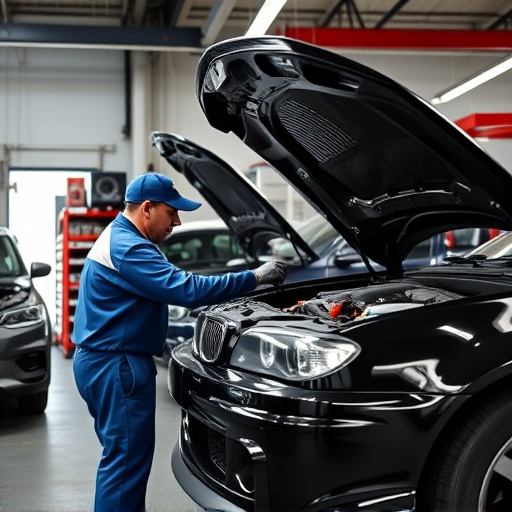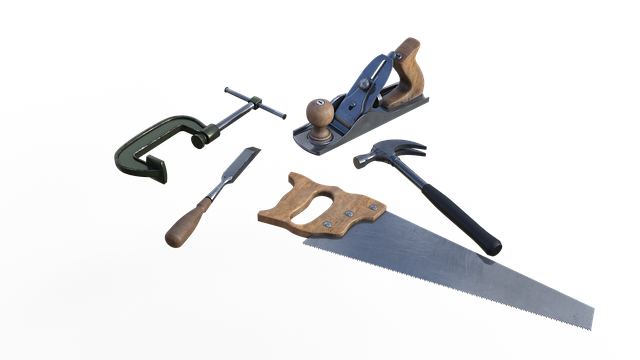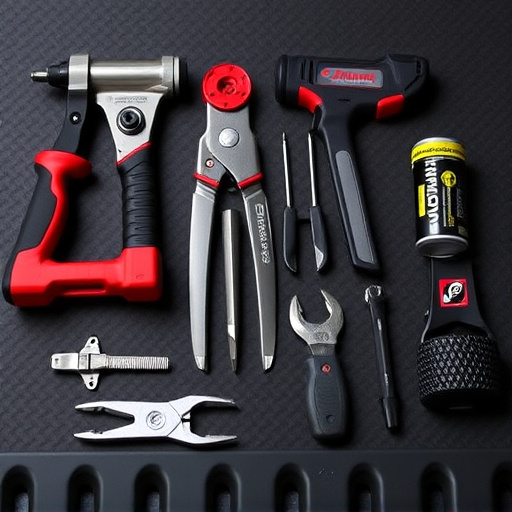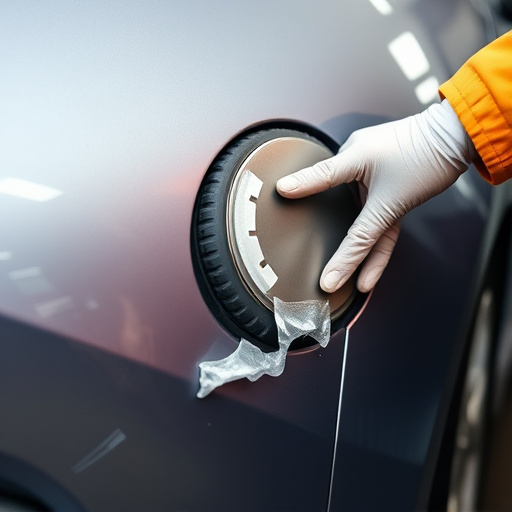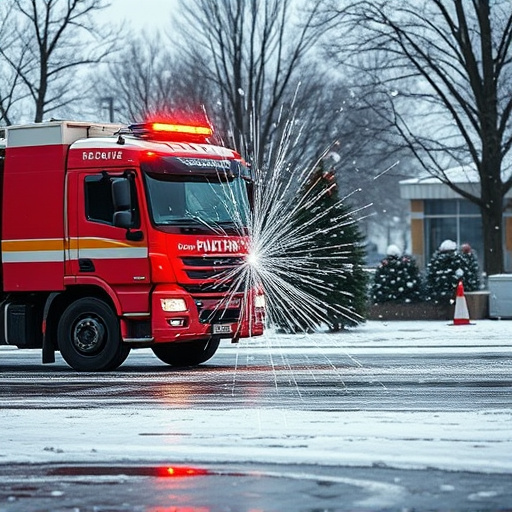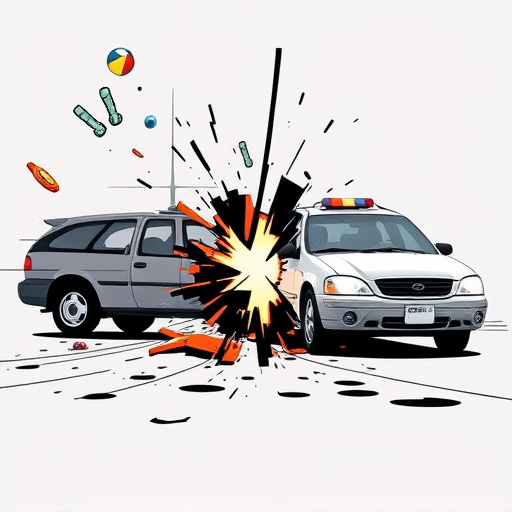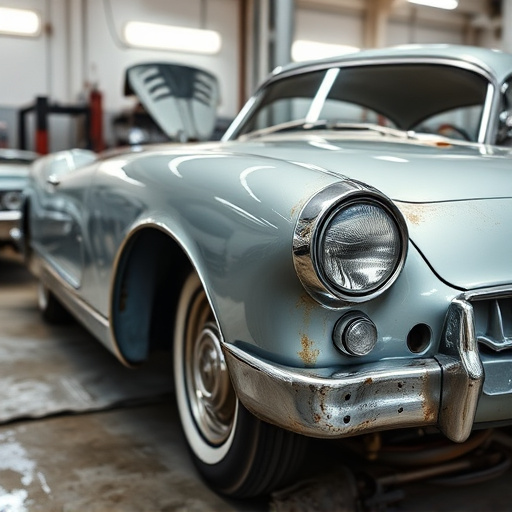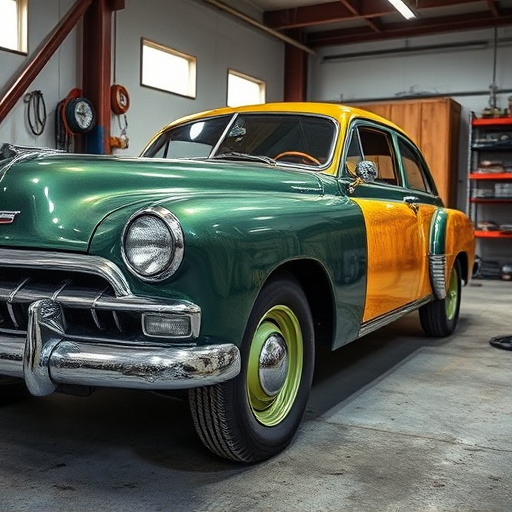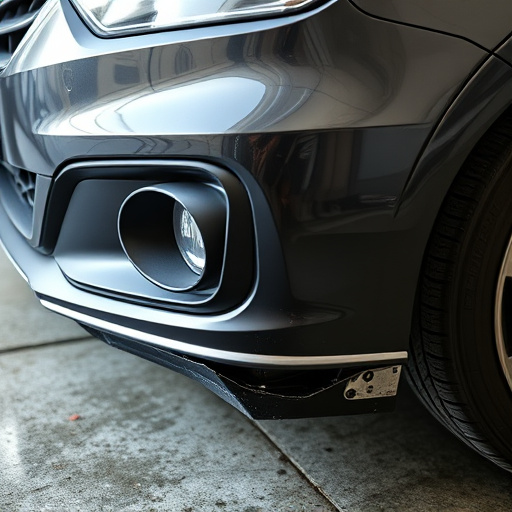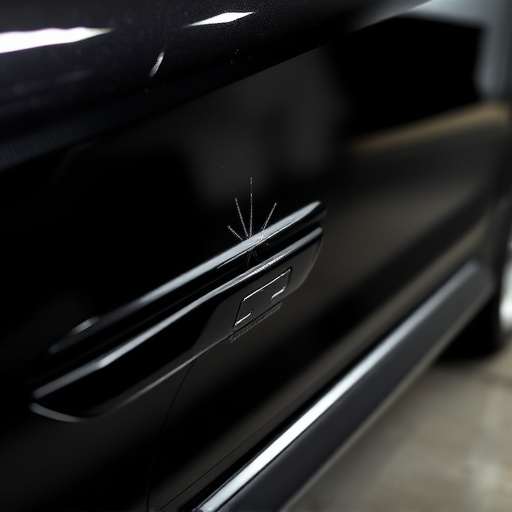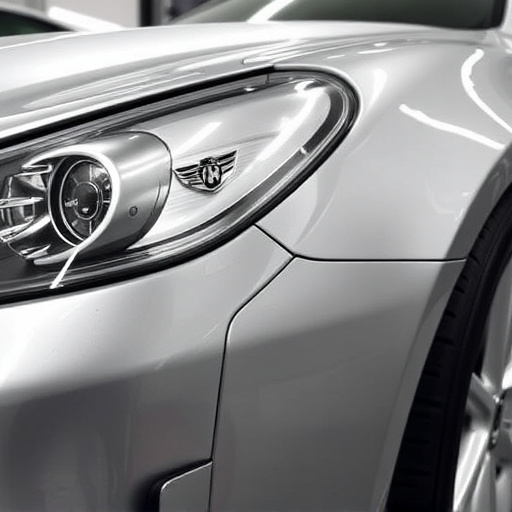Tesla's advanced airbag systems, powered by sophisticated sensors, detect impact forces swiftly and trigger airbags in milliseconds. Understanding these sensor networks is crucial for Tesla repair procedures, especially after deployment or activation. Safety protocols include immediate shutdown of critical systems and meticulous inspections to prevent secondary damage. Repairs require thorough damage assessment, authentic Tesla parts replacement, diagnostic checks using advanced tools, and final road testing to ensure safety and optimal performance. Adherence to strict Tesla standards is vital for effective Tesla repair procedures.
In the event of an accident, understanding Tesla’s advanced airbag systems and sensors is crucial for safe post-impact procedures. This guide delves into the detailed Tesla repair processes after airbag or impact sensor deployment, ensuring vehicle safety and functionality. From comprehending the intricate airbag mechanisms to following precise step-by-step repairs, this article equips readers with knowledge of Tesla repair procedures vital for maintaining these cutting-edge electric vehicles.
- Understanding Tesla Airbag Systems and Sensors
- Safety Protocols After Airbag Deployment
- Step-by-Step Repair Process for Tesla Vehicles
Understanding Tesla Airbag Systems and Sensors
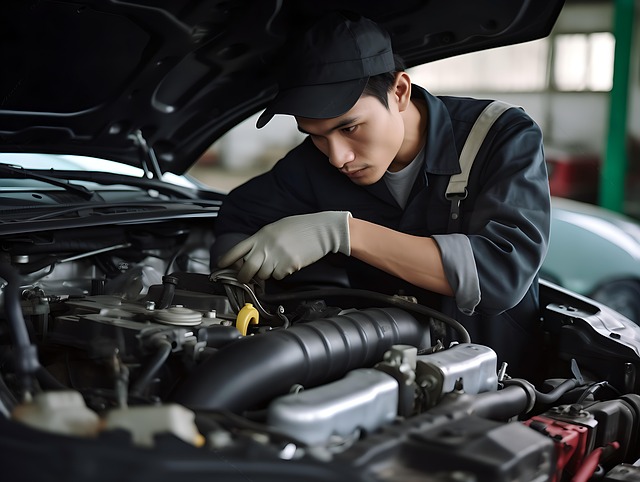
Tesla’s airbag systems are designed to protect occupants during a vehicle collision. These advanced systems employ sophisticated sensors that detect rapid deceleration and impact forces, triggering airbags in milliseconds. Understanding how these sensors work is crucial when performing Tesla repair procedures, especially after an airbag deployment or impact sensor activation.
Tesla vehicles are equipped with various sensors, including impact sensors and seatbelt pretensioners, all working in tandem to provide comprehensive safety. When a collision occurs, these sensors communicate critical data to the vehicle’s control unit, which then initiates the appropriate safety measures, such as deploying airbags and tensing seatbelts to secure occupants. Proper Tesla repair procedures should consider this complex network of sensors to ensure both safety and functionality during the restoration process for vehicles involved in auto collisions or requiring car scratch repair.
Safety Protocols After Airbag Deployment
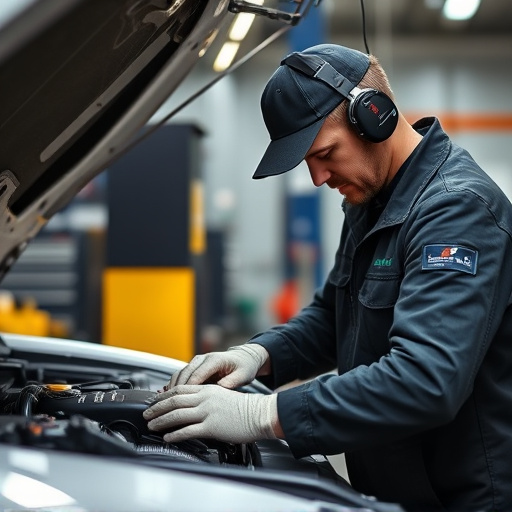
After an airbag or impact sensor deployment, Tesla vehicles initiate a series of safety protocols to ensure the well-being of occupants and minimize secondary damage. The first step is to halt all vehicle systems that could pose a risk, such as the ignition and power steering. This immediate shutdown prevents any potential hazards from escalating during the repair process.
Following this, trained technicians conduct thorough inspections to assess the extent of damage. They carefully examine components like the car bodywork services, looking for dents or creases, especially around the impact zone. In cases of severe fender benders, additional diagnostic tests are performed to ensure all sensors and airbag systems are functioning correctly and safely before proceeding with any Tesla repair procedures.
Step-by-Step Repair Process for Tesla Vehicles
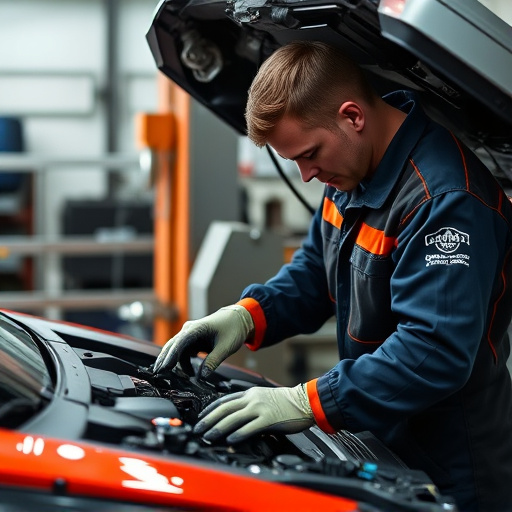
After an airbag deployment or impact sensor activation, Tesla vehicles require a meticulous repair process to ensure safety and optimal performance. The step-by-step procedure involves several critical stages. First, the vehicle is thoroughly inspected for any visible damage, including assessment of the impact sensors and airbags. Any damaged components, such as the bumper or surrounding panels, are then precisely measured and replaced using high-quality parts, often sourced directly from Tesla to maintain authenticity and compatibility.
The repair process continues with a detailed diagnostic check to identify any electronic anomalies caused by the impact. This involves advanced scanning tools that communicate with the vehicle’s onboard computer. Once issues are identified, they are rectified, ensuring the sensors and airbags function correctly. Finally, road testing is conducted to verify the safety and performance of the vehicle post-repair, making it ready for return to its owner, often through professional automotive repair services or trusted auto body shops.
After exploring Tesla’s advanced airbag systems and safety protocols, understanding the step-by-step repair process is key in ensuring proper vehicle restoration. Following these Tesla repair procedures, specifically tailored for airbags and impact sensors, guarantees not only effective repairs but also maintains the vehicle’s safety standards. By adhering to these guidelines, both professionals and enthusiasts can confidently navigate the complexities of Tesla maintenance, ultimately enhancing roadworthiness and passenger protection.
